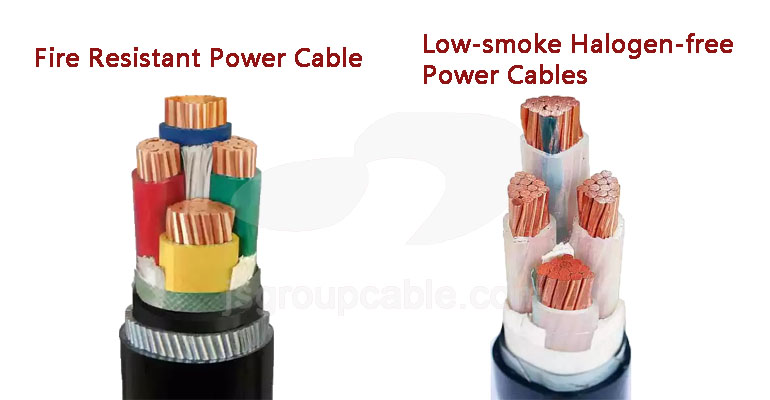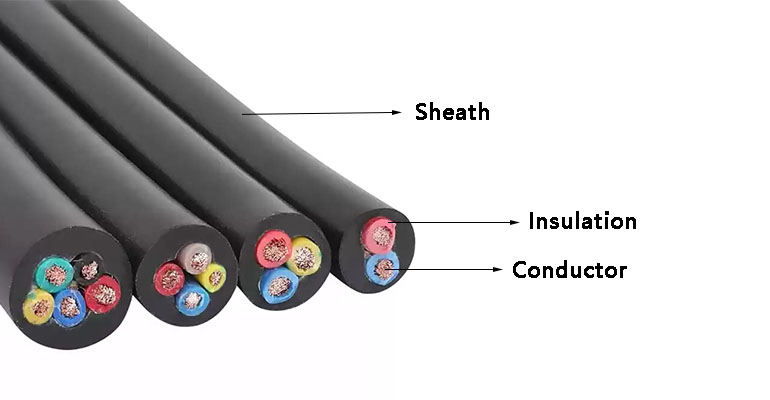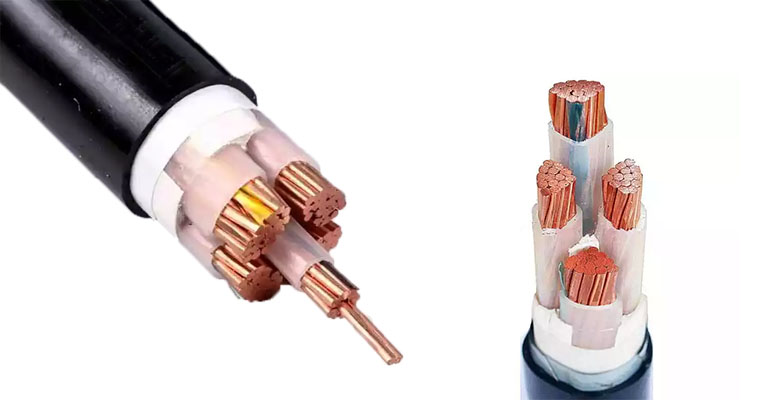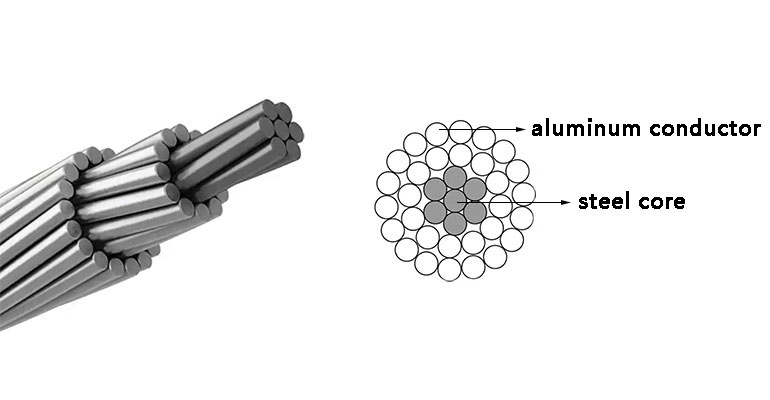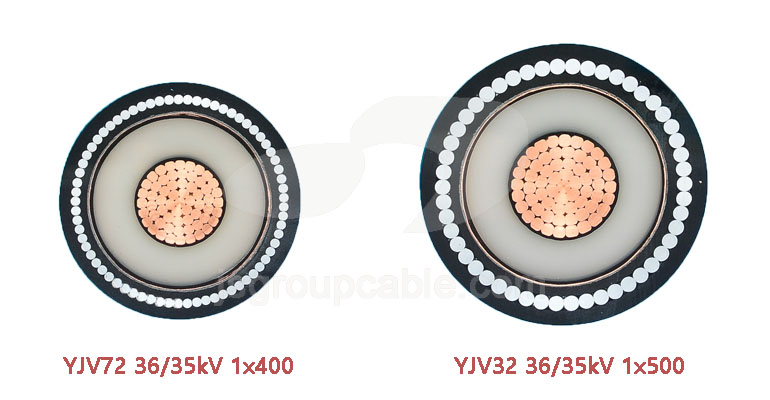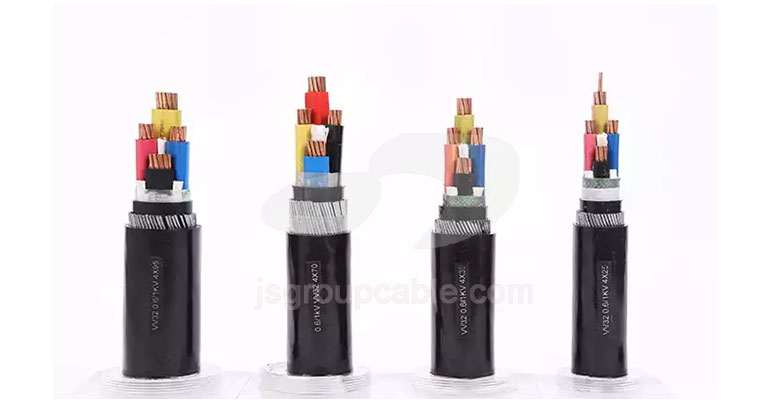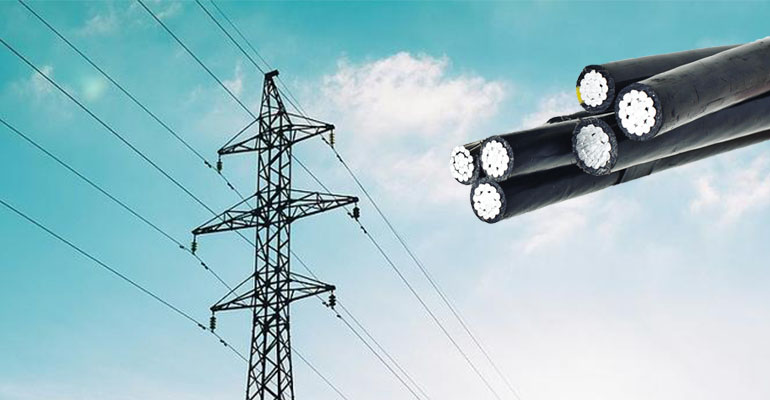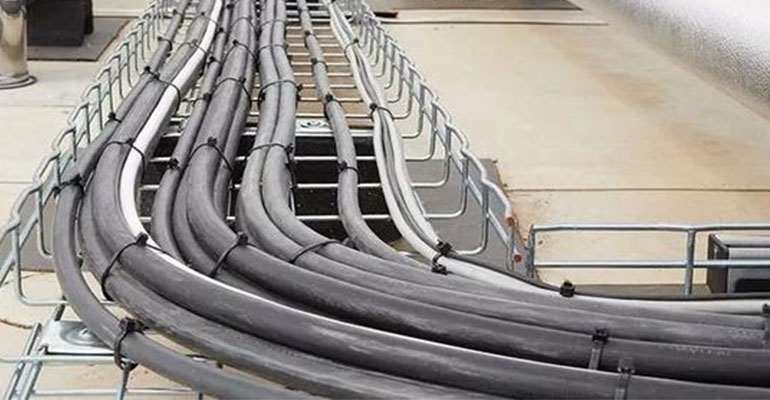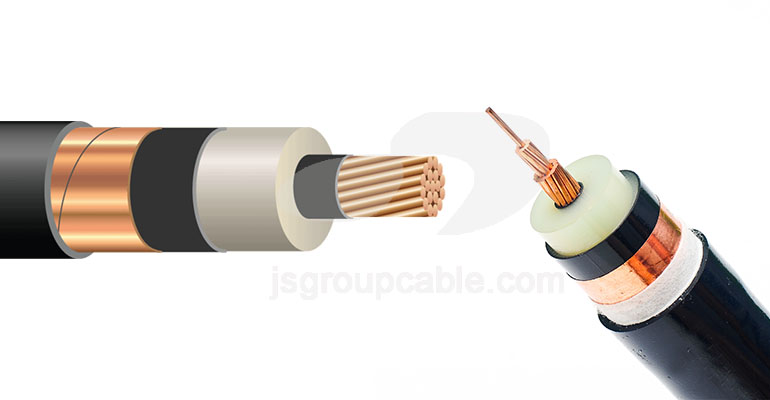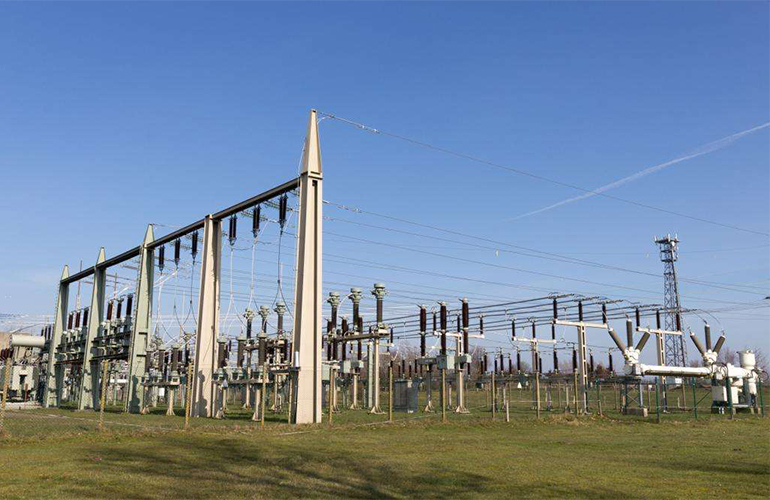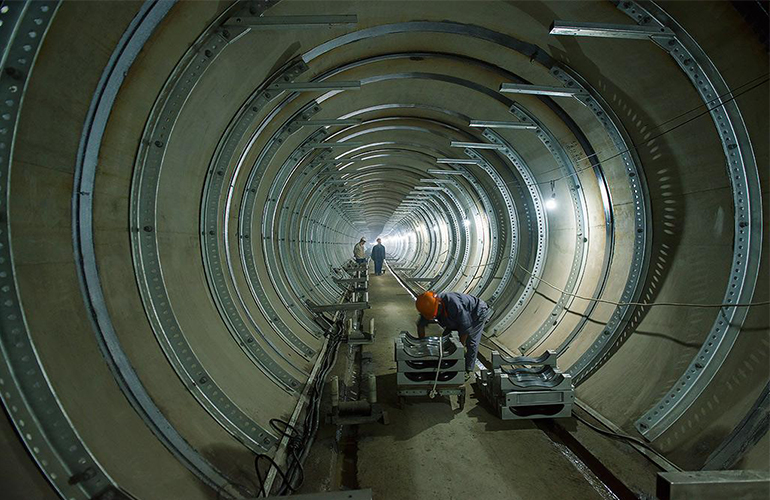- Offices Time:24 Hours Online
- Email:jsgroup012@jinshuicable.com
- WhatsApp:+8618339938759
News
Posted on:December 29, 2022
Can fireproof cables really be fireproof?
Cables have now become a necessary item in our life and production, and the accidents caused by wires and cables, especially the explosion of wires and cables after burning, can easily cause casualties.
Read MorePosted on:December 28, 2022
The difference between Rubber sheathed Cable and ordinary cable
Rubber sheathed cable is a kind of cable processed by using high-elastic rubber and high-strength plastic as raw materials. It is a soft and movable cable with multi-strand copper wires as conductors, rubber insulation and rubber sheath.
Read MorePosted on:December 27, 2022
Identification method of low-smoke halogen-free power cables
Low-smoke halogen-free cable mainly applicable to the field of building electrical, communication, etc. It is also a high-performance energy-saving and environmental protection product.
Read MorePosted on:December 26, 2022
Is ACSR without rubber insulation safe?
The mechanical properties of the steel-cored aluminum stranded wire are small rebound, high flexibility, good bending performance, and easier terminal connection.
Read MorePosted on:December 23, 2022
The difference between medium voltage cables and high voltage cables
The voltage range of medium-voltage cables is between 6KV and 33KV. Its actual life and production applications include petrochemical, transportation, wastewater treatment, food processing, etc., and it is also an important type of application cable.
Read MorePosted on:December 22, 2022
What are the main factors affecting the performance of flame retardant cables?
Flame-retardant cable refers to the cable that the sample is burned under the specified test conditions. After the test fire source is removed, the spread of the flame is only within a limited range, and the residual flame or residual flame can extinguish itself within a limited time.
Read MorePosted on:December 21, 2022
Where are 10kV overhead insulated conductors used?
Overhead insulated conductors have the main characteristics of high power supply reliability, good power supply security, convenient erection and maintenance, and reasonable economy.
Read MorePosted on:December 20, 2022
Do you know the basic structure and working principle of power cables?
Power cables are mainly used to distribute and transmit electric energy. Compared with overhead lines, they are more expensive, but they have the advantages of less land occupation and less external influence. In power lines such as urban power supply, their proportion is gradually increasing.
Read MorePosted on:December 16, 2022
The structure and application of 35kV single core high voltage cable
High-voltage single-core cable means that there is only one conductor in an insulating layer. When the voltage exceeds 35kV, most lines will choose to use single-core cables.
Read More

